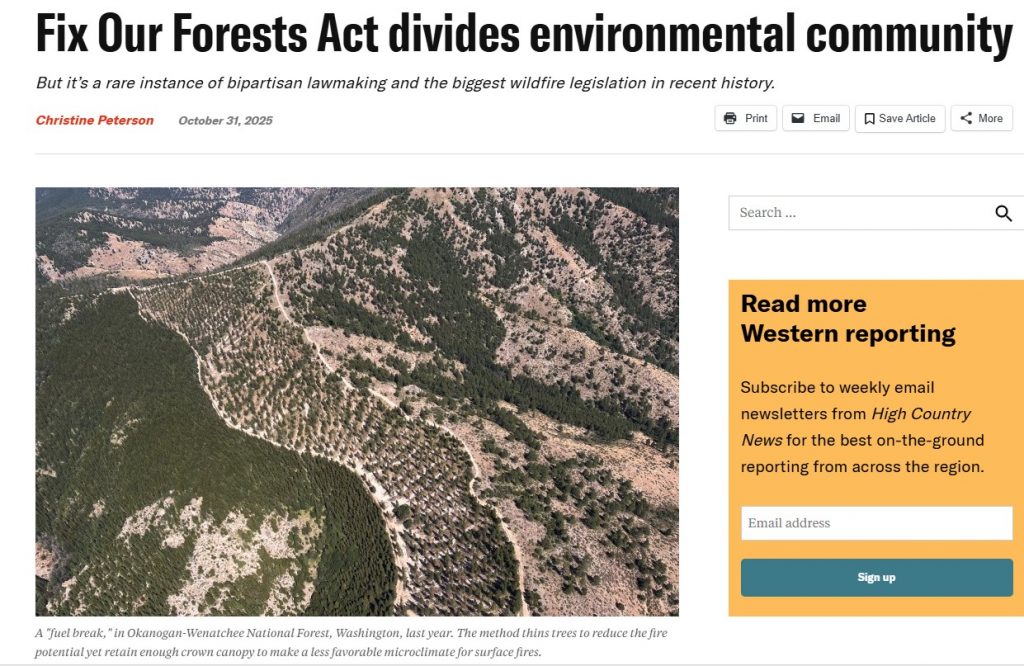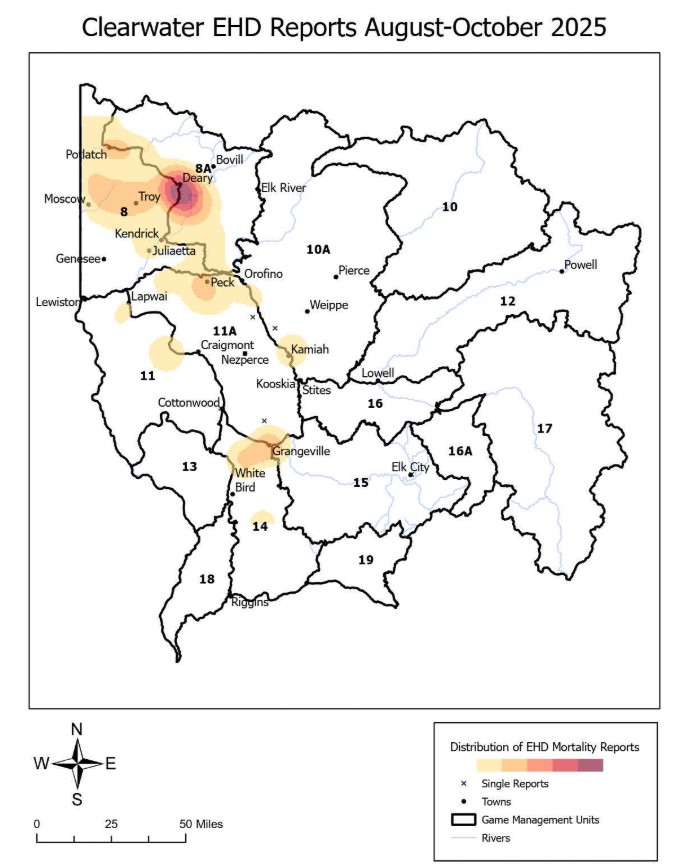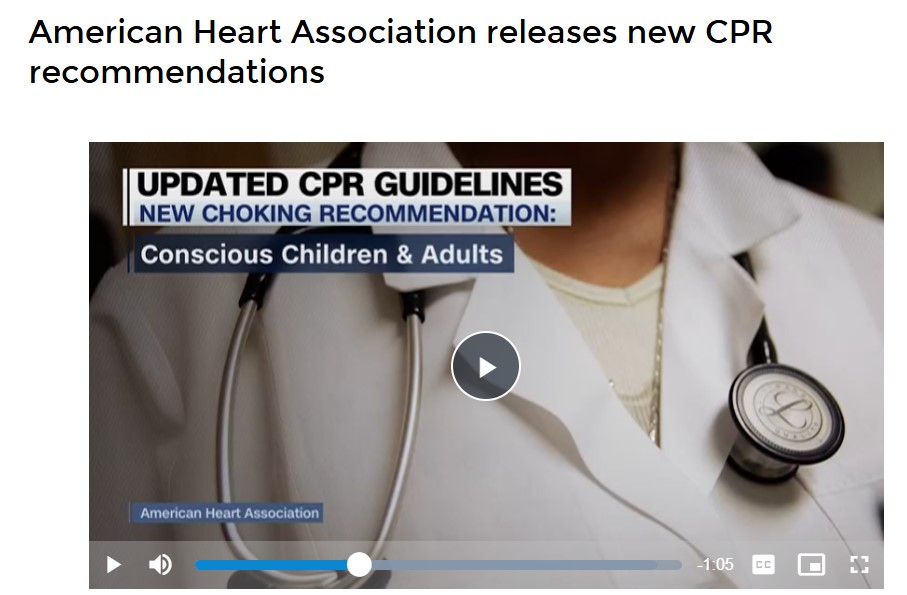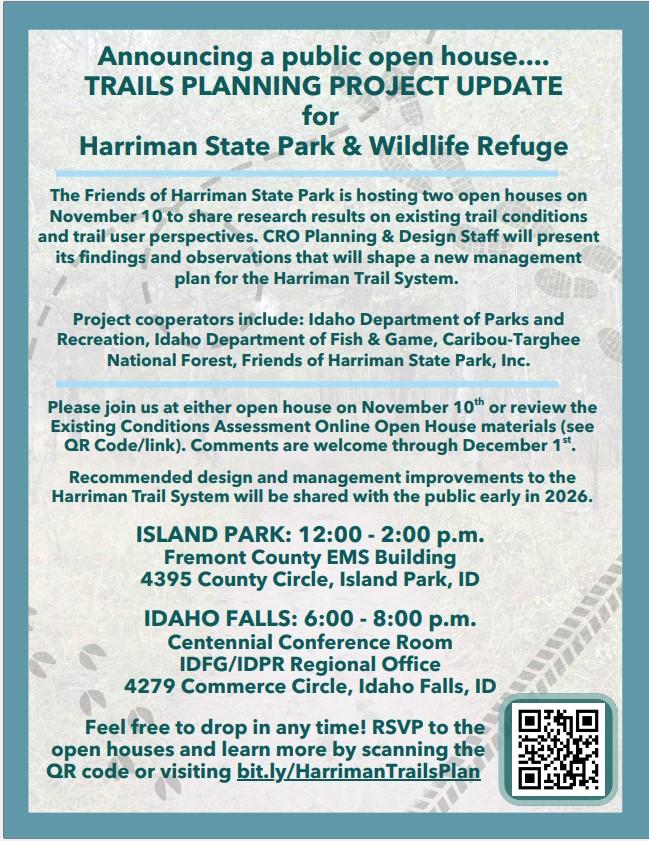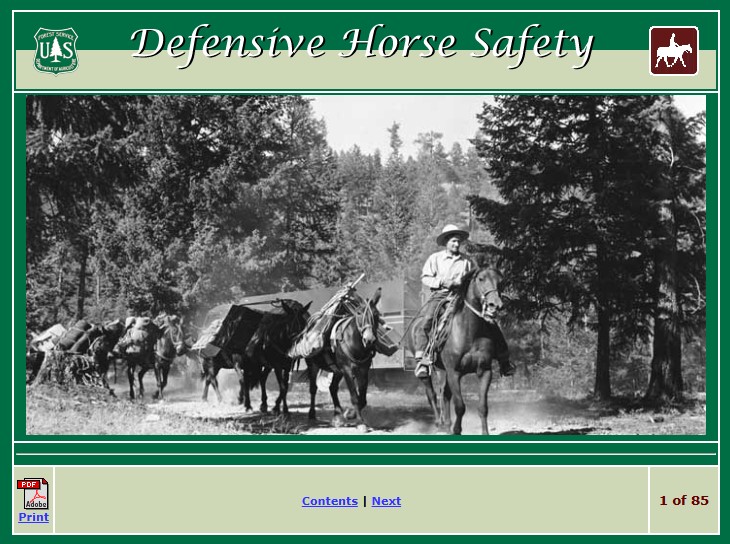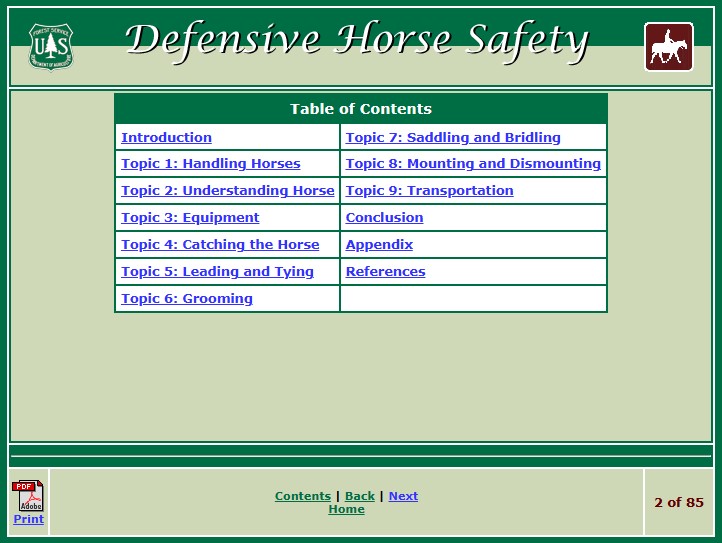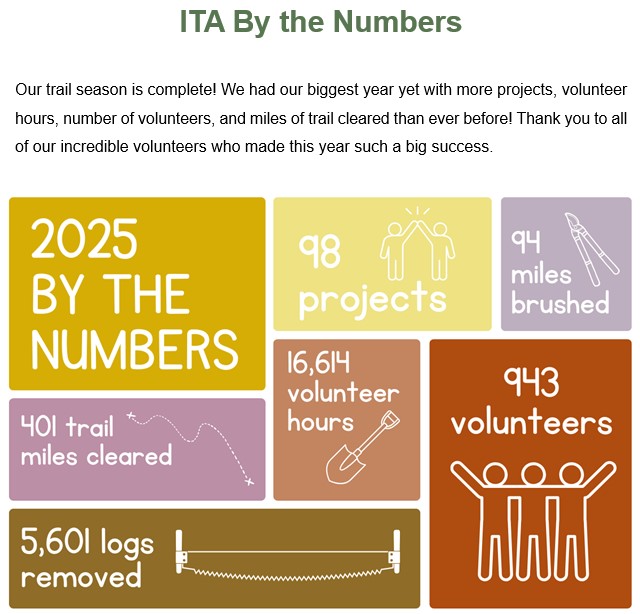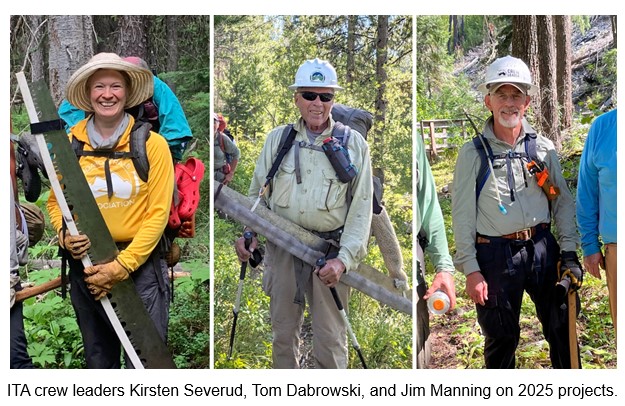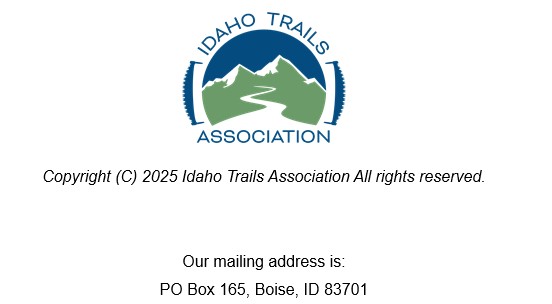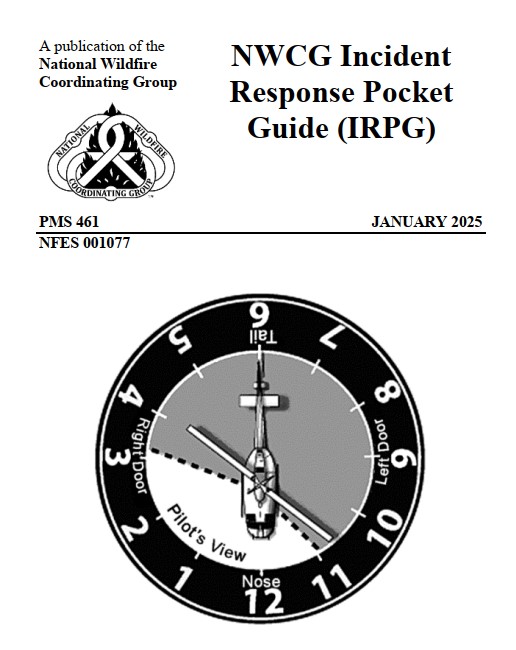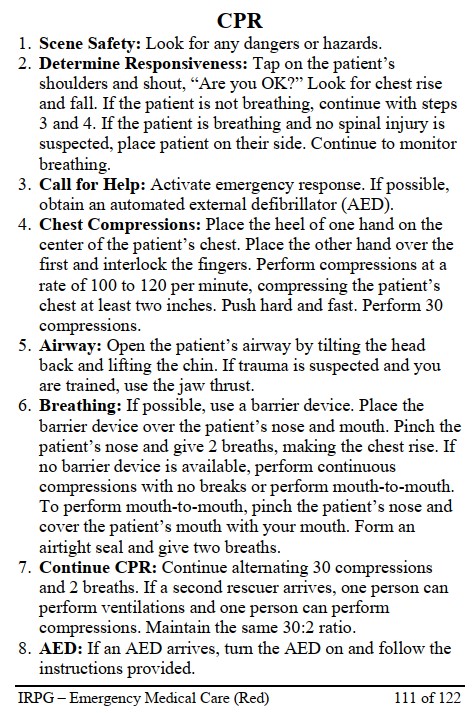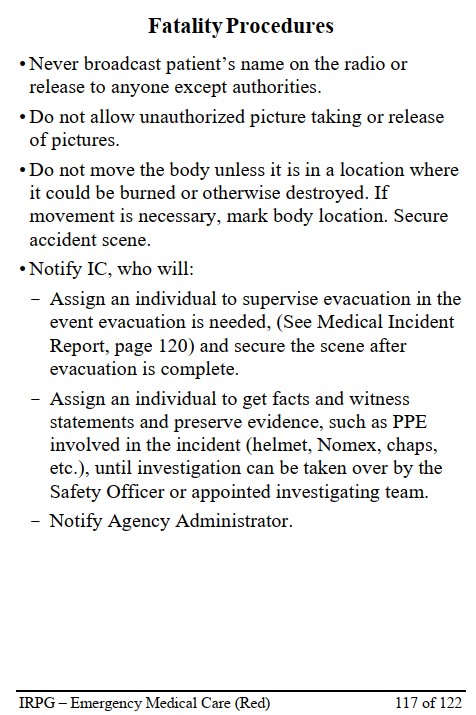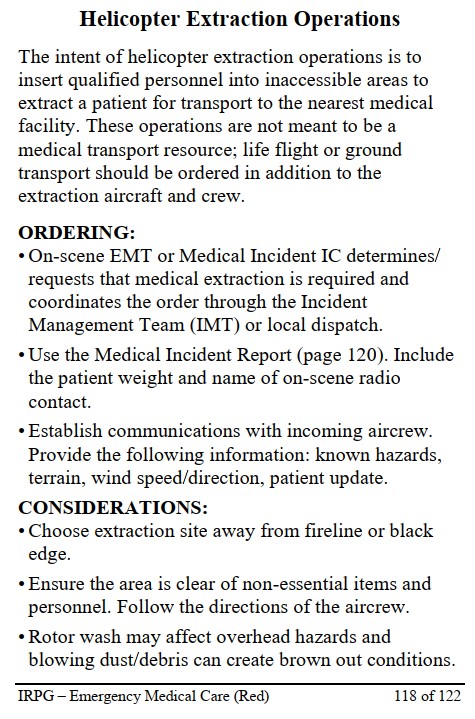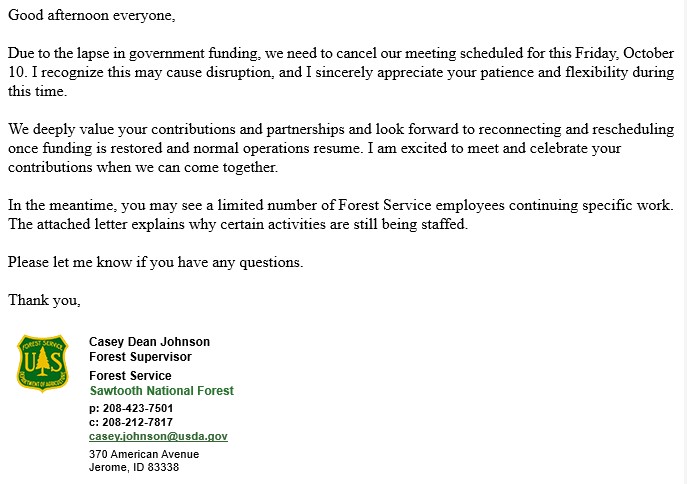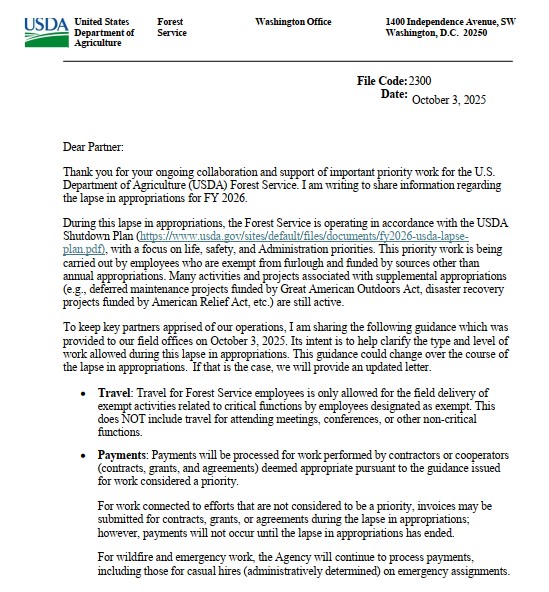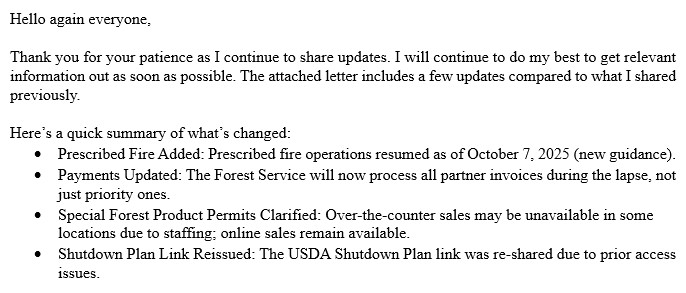READ FULL STORY: Nov 2026 – Save Our Forest Bill
Idaho’s Large Tracts Program
For many Idaho hunters, some of the best days in the field happen on private timber ground – chasing elk through foggy draws or hiking into a quiet clear-cut for deer at first light. Part of what makes that possible is the Idaho Department of Fish and Game’s Large Tracts Program.
This program is a partnership between Fish and Game and private timber companies that keeps large sections of private forestland open for public use. These are working timberlands – owned and managed for logging – but thanks to these agreements, hunters, anglers, and other recreationists can still enjoy access without needing special permission or paying a trespass fee. In return for allowing access, IDFG compensates enrolled landowners (at a much lower rate than they could get by leasing it exclusively to individuals) and conservation officers are able to enforce regulations and restrictions such as game laws and motor vehicle violations.
Most of these enrolled lands are found in north and north-central Idaho, home to some great whitetail, elk, bear, and turkey habitat. The rules are pretty straightforward, but every year, a few bad choices – driving around a gate, cutting firewood without permission, ignoring closures – risk leaving a negative impression of hunters on the landscape. These lands are private, and access is never guaranteed – especially if abuse or damage becomes a significant enough problem.
Following these rules is more important than ever in times of change. Since May of 2019, PotlatchDeltic – the largest landowner enrolled in the Large Tracts Program – has allowed public access to 567,002 acres of their land. But just recently a merger has been announced between Potlatch and the Florida based company Rayonier to become the second-largest publicly traded wood commodities company in North America.
While there are many questions that are waiting to be answered, including the new name of the merged companies, one thing is for certain – we want the Large Tracts Programs looked at in a positive light to ensure these properties are able to be accessed by all, not leased to individuals or through paid permit system like much of the private timber ground in western Oregon and Washington.
Programs like this only work when we hold up our end of the deal. Respecting restrictions, packing out what we pack in, and reporting violations when we see them are small actions that make a big difference. They show landowners that Idaho hunters value the opportunity they provide.
The Large Tracts Program is proof that access and private property rights can coexist – when there’s trust and cooperation. So this season, as you head into your favorite patch of timber, remember: these lands aren’t ours, but the privilege to use them is. Let’s do our part to keep them open for Idaho hunters.
Heads up, deer hunters – EHD is affecting parts of the Clearwater. region Get the latest details and heat map from Idaho Fish and Game. LINK TO MORE INFORMATION
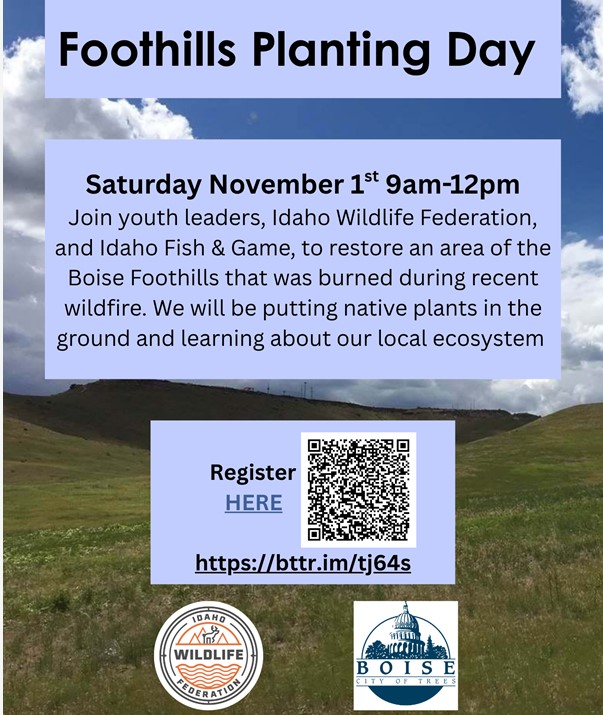
Wildfire has taken a toll on wildlife habitat in the Boise Foothills – but you can help restore it. This Saturday, join the Idaho Wildlife Federation, youth leaders from the community, and Idaho Fish & Game for a hands-on volunteer restoration day.
We’ll be planting Idaho native shrubs and grasses to stabilize soil, prevent invasive weeds, and improve habitat for mule deer, upland birds, and pollinators.
Join youth leaders, Idaho Wildlife Federation, and Idaho Dept. of Fish and Game to restore an area of the Boise Foothills that was burned during recent wildfire. We will be putting native plants in the ground and learning about our local ecosystem.
Please meet HERE at the Homestead Trailhead (3210 S Council Spring Rd) in Barber Valley. Turn onto Council Springs Road from Warm Springs. Park in the dirt area at the end of the road.
Wear clothes you don’t mind getting dirty and walking shoes. If you have accessibility concerns please reach out to us at climateaction@cityofboise.org. Please bring a water bottle. We will provide shovels and gloves.
Harriman Trail System Assessment
Existing Conditions Assessment
TRAIL MANAGEMENT PLANNING PROJECT
FHSP November Open House Invite Flyer
Existing Conditions Assessment Open House:
The Friends of Harriman State Park (FHSP) is hosting two open houses on Monday, November 10, to update the public on its ongoing trail planning project for the park.
CRO Planning and Design was retained by FHSP in September 2024 to conduct a 21-month research project that will culminate in a new Trails Management Plan for the park.
The consulting firm has now completed an “Existing Conditions Assessment” that describes current trail conditions, critical wildlife habitat, and perspectives from both winter and summer trail users.
New trail maps are featured that geolocate areas of highest use and conflict as well as unauthorized, user-defined trails.
Specific recommendations for future trail design, use and maintenance will be derived from Assessment findings, so agency and public input is critical at this stage. Project partners include:
- Idaho Department of Parks and Recreation
- Idaho Department of Fish and Game
- Caribou-Targhee National Forest
How to Participate in the Open House
We welcome anyone interested to attend the following open house events taking place on Monday, November 10:
- Island Park: 12-2 p.m. @ the Fremont County EMS Building (4395 County Circle, Island Park, ID) (Google Maps Directions )
- Idaho Falls: 6-8 p.m. @ the Centennial Conference Room of the IDFG/IDPR Regional Office (4279 Commerce Circle, Idaho Falls, ID) (Google Maps Directions )
We are excited to share information and hear your perspectives about the project’s existing conditions assessment, a robust data collection process to gain insights on current physical, managerial, ecological, and visitor use conditions related to Harriman’s trails. These will be drop-in events, so feel free to visit any time during the two-hour periods. Opportunities for feedback about Harriman’s trails and the project will be available at this event.
Click here to RSVP to the open house events!
What if I Cannot Attend the Open Houses?
If you cannot attend the open house, we encourage you to view the virtual open house website, which will share the same information and opportunities for feedback as the in-person open house. Virtual open house materials will be available starting Monday, November 10, and will remain open until December 1.
Friends of Harriman State Park Grant Updates:
To help with future trail rehabilitation, the Friends of Harriman State Park intends to apply for FY2027 grants under these two funding programs administered by the Idaho Department of Parks and Recreation:
Recreational Trails Program (federal)
Mountain Bike Plate Fund (state)
Thank you and have a great weekend,
Brett Rannow, MS (he/him/his)
Associate Planner
715.204.6876
I personally hang my rifle scabbard on the off-side of the horse. I attach it with the rifle butt toward the front at about horn height, and angle the rifle barrel slightly toward the back.
Here’s why:
The barrel of the rifle extends under my stirrup leather and I never know it’s there. This keeps the weight on the front quarters of the horse where he can carry it best. On the off chance I should spot game while in the saddle, I can pull my rifle out before I dismount. Hanging the shotgun scabbard or rifle scabbard on the off-side can help offset your weight when mounting.
One additional note, if you use an open ended leather or nylon rifle scabbard and hang it with the butt toward the rear, your rifle could end up missing. I have heard many stories where folks have found their rifle way back on the trail because they never knew it had been snagged on a branch and yanked out of the gun scabbard.

Pack Saws and Camp Axes
When I attach my pack saw and its scabbard or my camp axe in its sheath. I prefer to attach my saw scabbard with the saw handle tied to the front strings and the blade coming just under my leg. I usually pack my camp axe on my pack mule to the outside of a mantied load, but you can certainly attach it to your saddle if you prefer an axe. An axe sheath is designed with rings to tie your saddle strings to. This hangs the axe at an angle where it is easy to secure the handle out of your way.

Bow Scabbards
When hanging a Bow Scabbard, I secure it to the rear of the saddle behind the cantle and angle it slightly forward so that my bow is facing toward the rear with the quiver to the outside. I prefer this attachment method because with the bow scabbard pointed toward the rear, my horse is free to turn tightly to the right without being hindered by the bow. And once again, the weight of the bow and bow scabbard are on the opposite side from me when I mount the horse, helping to offset my weight as I mount.

Pack Saws & Axes
How do I hang a pack saw on my saddle?
One sure way to secure a saw to your riding saddle is to tie the pack saw handle with the rear saddle strings and then secure the blade under your leg. However, the pack saw scabbard has a versatile design that would allow you many options. Whichever way you choose, remember to offset the added weight of your saw by loading your horse saddlebags or horn bags heavier on the opposing side.
Why do I need to carry a pack saw or a camp axe with me on the trail?
The obvious answer here is for windfall blocking the trail. It is not always possible to go around a windfall, nor would you necessarily want to get into that habit; the new trail you would create only adds to the erosion of a potentially fragile area. It is better instead to simply clear the trail. Read the article “Pack Saws and Camp Axes” for a full explanation of why it is so important to carry a pack saw when you are out on the trail.
Squaw Butte Photos will be collected by Rob Adams and submitted as a package the last week of November 2025. If you have one you want considered, it must be a JPG and full size off your phone or camera. Email it to moosely.adams@gmail.com with calendar photo in the subject line.

